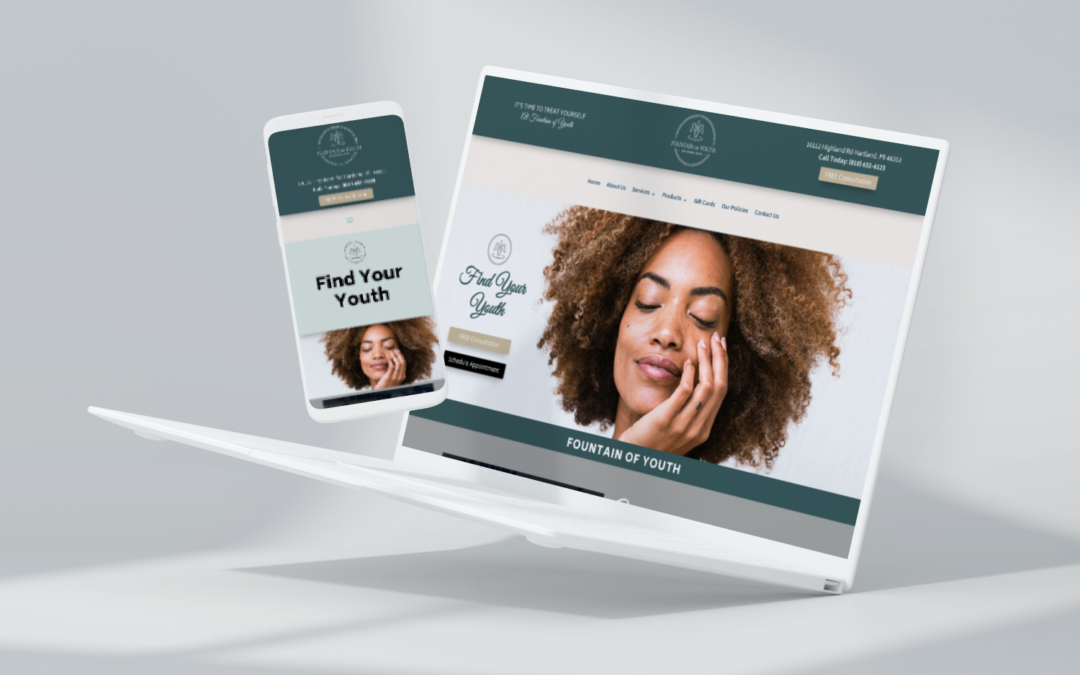User Experience Drives Digital Marketing Success
In today’s fast-paced digital landscape, where consumers are bombarded with a myriad of choices and distractions, creating a seamless and enjoyable user experience (UX) has become paramount for businesses looking to stand out and succeed. User experience encompasses every aspect of a user’s interaction with a website, app, or digital product, from the layout and design to the functionality and performance. In this article, we’ll explore the importance of user experience in digital marketing and why prioritizing UX is essential for driving engagement, conversions, and brand loyalty.
Building Trust and Credibility:
A positive user experience is fundamental to building trust and credibility with your audience. When users encounter a website or app that is intuitive, visually appealing, and easy to navigate, they are more likely to perceive the brand as professional, reliable, and trustworthy. On the other hand, a poor user experience can erode trust and lead to frustration, driving users away and tarnishing the brand’s reputation.
Enhancing Engagement and Conversions:
User experience directly impacts engagement and conversion rates, as it influences how users interact with your digital assets and whether they take the desired actions. A well-designed website or app that prioritizes user needs and preferences can guide users seamlessly through the sales funnel, encouraging them to explore content, interact with features, and ultimately make a purchase or conversion.
For example, intuitive navigation, clear calls-to-action (CTAs), and streamlined checkout processes can reduce friction and make it easier for users to complete their desired actions. By optimizing the user experience, businesses can increase engagement, reduce bounce rates, and ultimately drive higher conversion rates, leading to improved ROI and business success.
Fostering Customer Satisfaction and Loyalty:
A positive user experience not only attracts new customers but also fosters satisfaction and loyalty among existing ones. When users have a seamless and enjoyable experience with a brand’s digital assets, they are more likely to return in the future, recommend the brand to others, and become advocates for the brand.
Moreover, satisfied customers are more likely to engage with the brand across multiple channels, from social media and email to in-person interactions, further deepening their relationship with the brand and driving long-term value. By prioritizing user experience and consistently delivering exceptional experiences, businesses can cultivate a loyal customer base that contributes to sustained growth and success.
Differentiating from the Competition:
In today’s competitive digital landscape, where consumers have endless options at their fingertips, user experience has emerged as a key differentiator for businesses seeking to stand out from the competition. A well-designed and user-friendly website or app can set a brand apart, providing a unique value proposition that resonates with users and compels them to choose one brand over another.
By investing in user experience and continually refining digital assets based on user feedback and data insights, businesses can create a competitive advantage that not only attracts customers but also retains them in the long run. In a world where customer experience is king, prioritizing UX can be a game-changer for businesses looking to thrive in the digital age.
Conclusion:
In conclusion, user experience plays a central role in digital marketing, influencing everything from brand perception and engagement to conversions and loyalty. By prioritizing user needs and preferences, businesses can build trust and credibility, enhance engagement and conversions, foster customer satisfaction and loyalty, and differentiate themselves from the competition. In today’s hyper-competitive digital landscape, investing in user experience is not just a best practice—it’s essential for driving success and achieving sustainable growth.


Recent Comments